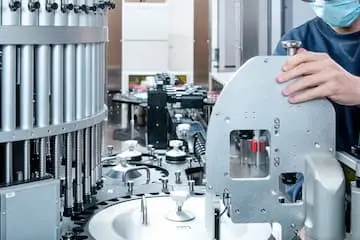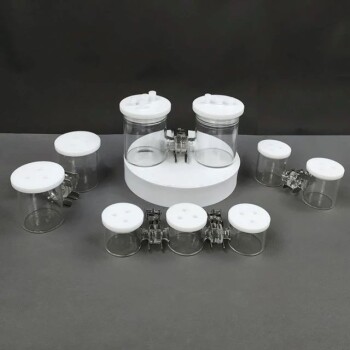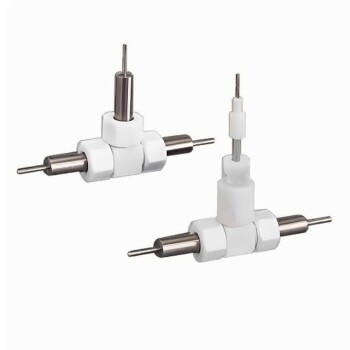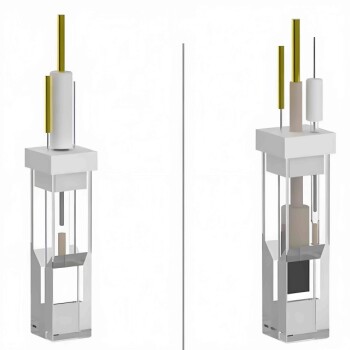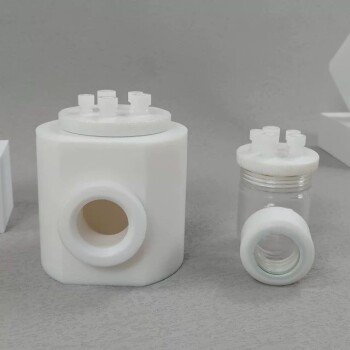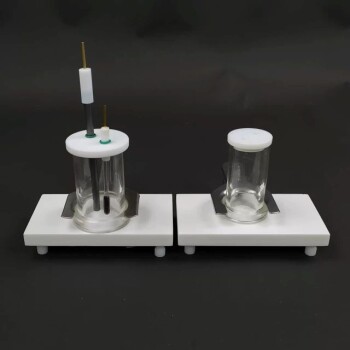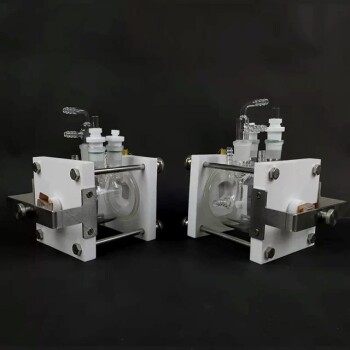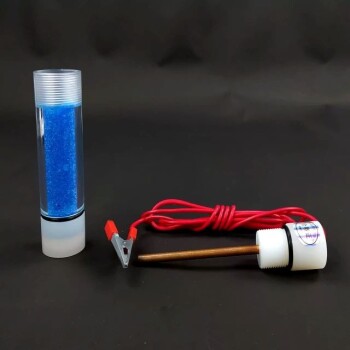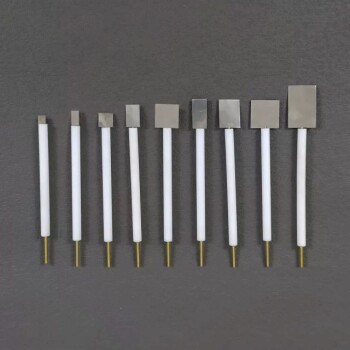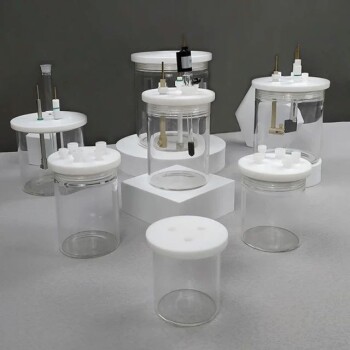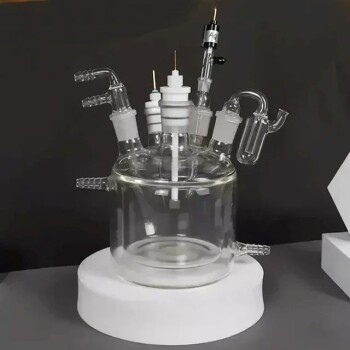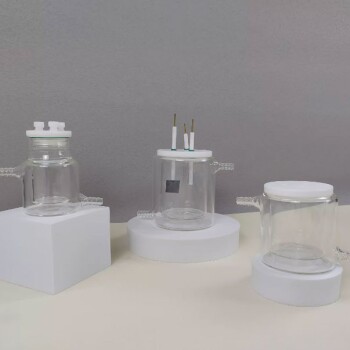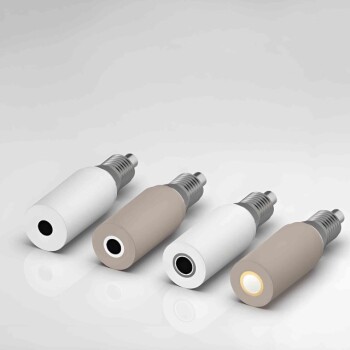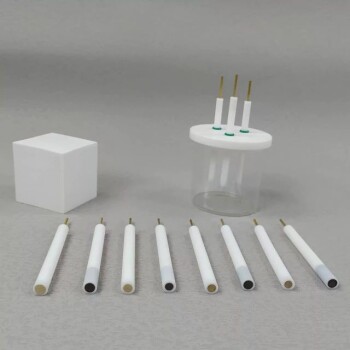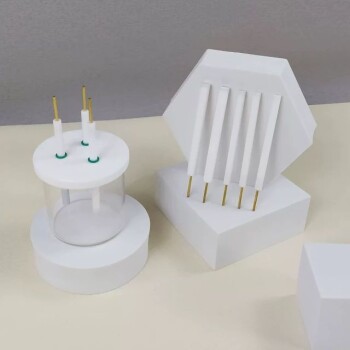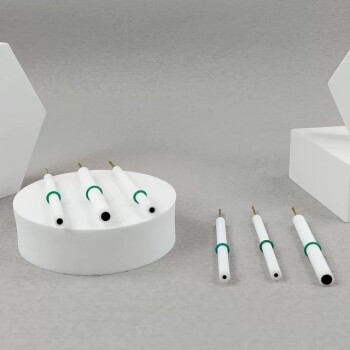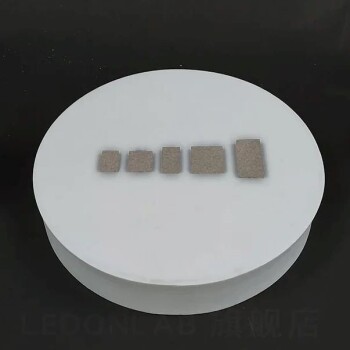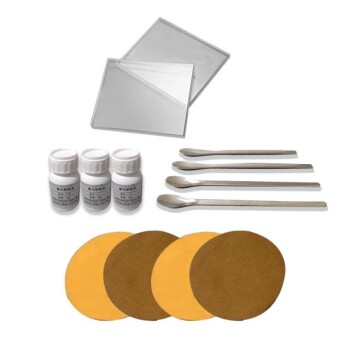We offer a convenient one-stop procurement service for electrochemical instruments and consumables. All you need to do is provide us with a list of the consumables you require, and we'll take care of the rest.
Our products are resistant to acids and alkalis, and made from high-quality materials that are both safe and durable. You can trust our products to meet your needs and provide reliable performance.
Toggle Categories
Get Instant Support
Choose your preferred way to connect with our team
-
Get Free Quote Fill out form for detailed pricing
-
Send Email Detailed inquiry support
-
WhatsApp Quick mobile chat
Response Time
Within 8 hours on working days, 24 hours on holidays
Electrochemical Consumables
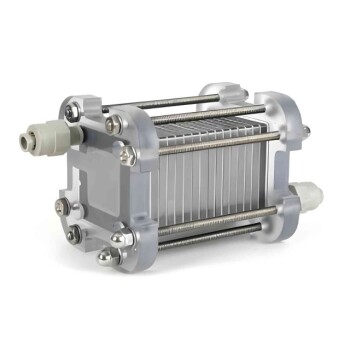
Customizable Fuel Cell Stack Components for Diverse Applications
Item Number : FCS
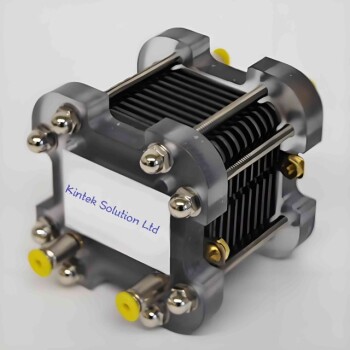
FS Electrochemical Hydrogen Fuel Cells for Diverse Applications
Item Number : FSE
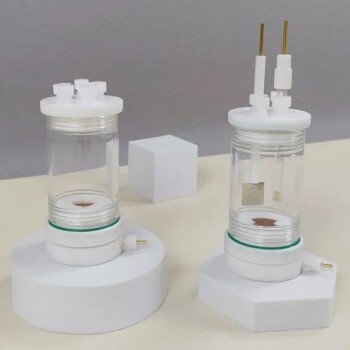
Multifunctional Electrolytic Electrochemical Cell Water Bath Single Layer Double Layer
Item Number : ELCM
$159.00
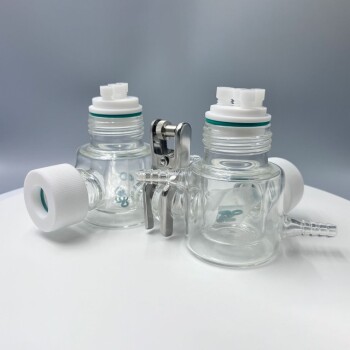
H-Type Double-Layer Optical Electrolytic Electrochemical Cell with Water Bath
Item Number : ELCHD
$269.00
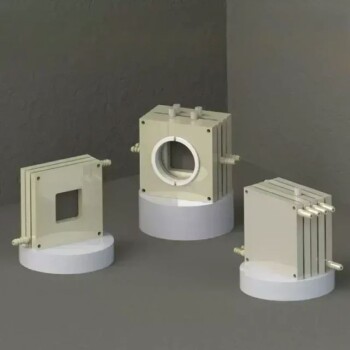
Electrolytic Electrochemical Cell Gas Diffusion Liquid Flow Reaction Cell
Item Number : ELCG

PTFE Electrolytic Cell Electrochemical Cell Corrosion-Resistant Sealed and Non-Sealed
Item Number : ELCP
$29.90
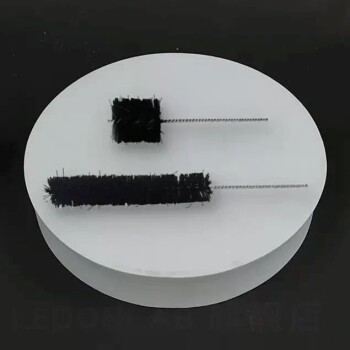
Conductive Carbon Fiber Brush for Static Removal and Cleaning
Item Number : ELBCF

Conductive Carbon Cloth Carbon Paper Carbon Felt for Electrodes and Batteries
Item Number : ELCPF
$19.90
An electrolytic cell is an electrochemical cell that requires an external source of electrical energy to drive a chemical reaction that would not occur spontaneously. The cell consists of two electrodes, an anode (positive) and a cathode (negative), that are immersed in an electrolyte solution. By applying a voltage between the two electrodes, a chemical reaction is forced to occur.
This is different from a galvanic cell, which generates electrical energy and is the basis of a battery. In a galvanic cell, the overall reaction is spontaneous, meaning the Gibbs free energy remains negative. In contrast, the overall reaction in an electrolytic cell is the reverse of the spontaneous reaction, resulting in a positive Gibbs free energy.
Electrolytic cells are commonly used in various industrial and laboratory applications, such as electroplating, electrolysis, and the production of certain chemicals. They play a crucial role in many fields, including metallurgy, medicine, and energy storage. By controlling the applied voltage and the properties of the electrolyte solution, it is possible to tailor the reactions to produce desired products with high efficiency and precision.
Applications
Electrolytic cells use electrolysis to decompose chemical compounds, such as water and bauxite, into their constituent elements through the application of a direct electric current. Electroplating of metals like copper, silver, nickel, and chromium also uses electrolytic cells.
Electrolytic cells play a critical role in the commercial production of high-purity non-ferrous metals like aluminum, copper, zinc, and lead through the electrorefining and electrowinning processes.
KinTek Electrochemical Consumables
Our electrochemical consumables are a top choice for researchers and professionals alike. With a long production history, a wide range of products, and the ability to customize, our products is the perfect solution for all your electrochemical needs.
FAQ
What Are Optical Windows And What Are They Used For?
What Considerations Should Be Made For Battery Case Gaskets?
What Is The H Type Of Electrochemical Cell?
What Is The Function Of Auxiliary Electrode?
What Are The Materials Used In Electrochemical Cell?
What Are Electrolytic Cells Used For?
What Are The Different Types Of Optical Windows Available?
What Is An Electrode In Electrochemistry?
What Is Reference Electrode With An Example?
What Is Rotating Disk Electrode Used For?
What Is The Role Of Battery Case Gaskets?
What Is H-cell Used For?
What Is The Difference Between Auxiliary And Reference Electrode?
What Are The Examples Of Electrochemical Material?
What Is The Difference Between Galvanic Cell And Electrolytic Cell?
How Do Optical Windows Work?
What Are The 3 Electrodes In Electrochemistry?
What Is The Role Of Reference Electrode?
What Is The Rotating Electrode Method?
What Are Lithium-air Battery Cases?
What Is The H Type Microbial Fuel Cell?
What Materials Are Commonly Used For Auxiliary Electrodes?
What Is An Electrolytic Cell And How Does It Work?
What Are The Advantages Of Using Optical Windows In High-power IR Laser Applications?
What Are The Different Types Of Electrochemical Electrodes?
What Is Reference Electrode Used For?
What Is The Rotating Ring-disk Electrode Method?
How Should Button Battery Cases Be Chosen For Specific Applications?
How Many Types Of Electrolytic Cells Are There?
How Do Auxiliary Electrodes Affect The Performance Of An Electrochemical Cell?
What Are The Two Points Of Difference Between Electrochemical And Electrolytic Cells?
Why Are CaF2 Windows Preferred In Certain Optical Applications?
What Materials Are Commonly Used For Electrochemical Electrodes?
What Is A Reference Electrode Vs Counter Electrode?
What Is The Difference Between Standard And Reference Electrode?
What Are The Advantages Of Rotating Disc Electrode?
What Is The H Cell For Hydrogen Permeation Experiments?
Why Are Auxiliary Electrodes Necessary In Electrochemical Systems?
What Is The Example Of Electrolytic Cell?
What Makes MgF2 Windows Unique?
What Factors Should Be Considered When Selecting An Electrochemical Electrode?
Are There Any Limitations Or Considerations When Using Auxiliary Electrodes?
Are Electrolytic Cells Spontaneous?
How Does Silicon Perform In Near-infrared (NIR) Applications?
How Can Electrochemical Electrodes Be Used In Various Applications?
What Are The Benefits Of Using High-temperature Resistant Optical Quartz Glass Sheets?
Why Are Zinc Sulfide (ZnS) Windows Preferred In Harsh Environments?
What Are The Applications Of Barium Fluoride (BaF2) Windows?
REQUEST A QUOTE
Our professional team will reply to you within one business day. Please feel free to contact us!
Related Articles

Why Your High-Temperature Furnace Elements Keep Failing (And How to Stop It)
Discover the hidden causes of MoSi2 heating element failure, like pesting and chemical attack, and learn how to achieve reliable, repeatable results.

Why Your High-Temperature Furnace Elements Fail: The Critical Difference in Silicon Carbide
Furnace downtime from failing SiC heating elements costs time and money. Discover the critical material difference that ensures reliability in extreme applications.

How to Choose and Optimize Water Circulating Vacuum Pumps for Your Lab
Learn how to choose and optimize water circulating vacuum pumps for lab applications, balancing efficiency and reliability.

Polytetrafluoroethylene (PTFE): How low friction coefficient promotes industrial progress
Explore the unique advantages of polytetrafluoroethylene (PTFE)'s low coefficient of friction and analyze how it promotes progress and innovation in industrial technology in terms of reducing wear and improving equipment efficiency.

PTFE's high temperature and corrosion resistance: Why it is indispensable in industry
The unique advantages of polytetrafluoroethylene (PTFE) in high temperature and corrosion resistance analyze why it has become an indispensable material in industry, especially in applications in harsh environments.

Innovative Application of PTFE in Mechanical Seals
PTFE has become one of the core materials in the field of mechanical seals due to its unique chemical stability, low friction coefficient (0.04-0.15), wide temperature range (-268°C to +315°C) and excellent corrosion resistance (pH 0-14).

The key role of PTFE in semiconductor manufacturing: from gas pipelines to electrical insulation
From high-purity gas delivery pipelines to precision electrical insulation components, the multi-faceted application of PTFE in the semiconductor industry chain provides important guarantees for the purity, stability and reliability of the manufacturing process.

PTFE gasket: an all-around solution for flange sealing
Polytetrafluoroethylene (PTFE) gaskets have become an ideal choice in the field of flange sealing due to their unique chemical stability and high temperature resistance.

Understanding Optical Filters
An overview of optical filters, their types, and applications.

Understanding and Selecting the Right Microplates for Laboratory Applications
Guide to choosing microplates based on pore density, materials, colors, well shapes, and surface finishes for various laboratory applications.

Difference between Single Crystal Quartz and Fused Silica
A detailed comparison of single crystal quartz and fused silica across various properties and preparation methods.

Fused Silica Crucible: Properties, Applications, and Preparation Process
An in-depth look at the properties, applications, and preparation methods of fused silica crucibles in the solar photovoltaic industry.

Key Properties and Differences Between Fused Silica and Natural Quartz
A detailed comparison of the properties, appearance, physical, chemical, and application differences between fused silica and natural quartz.

Optical Components: Window Sheets and Their Applications
An overview of various types of optical window sheets, their materials, precision, and coating options.

Optical Window Sheet Selection Guide
A comprehensive guide on selecting optical window sheets based on substrate material, optical and mechanical precision, and coating options.

Application, Preparation, and Recovery of Precious Metal Targets in Semiconductor Manufacturing
Discusses the use, preparation, and recycling of precious metal targets in semiconductor manufacturing.

Advancements in Rare Earth Materials and Recycling Technologies
Explores new rare earth materials and recycling technologies, focusing on polishing, high-purity metals, and various recycling methods.

Guide to Reference Electrodes in Electrochemical Measurements
Detailed guide on reference electrodes, their use, maintenance, checking methods, regeneration, storage, and applications.

Glymercury Electrode: Composition, Characteristics, and Applications
An in-depth look at the glymercury electrode, its composition, characteristics, and applications in analytical chemistry.

Use and Care of Reference Electrodes
Detailed guide on the use, calibration, and maintenance of reference electrodes in electrochemical studies.
